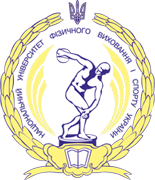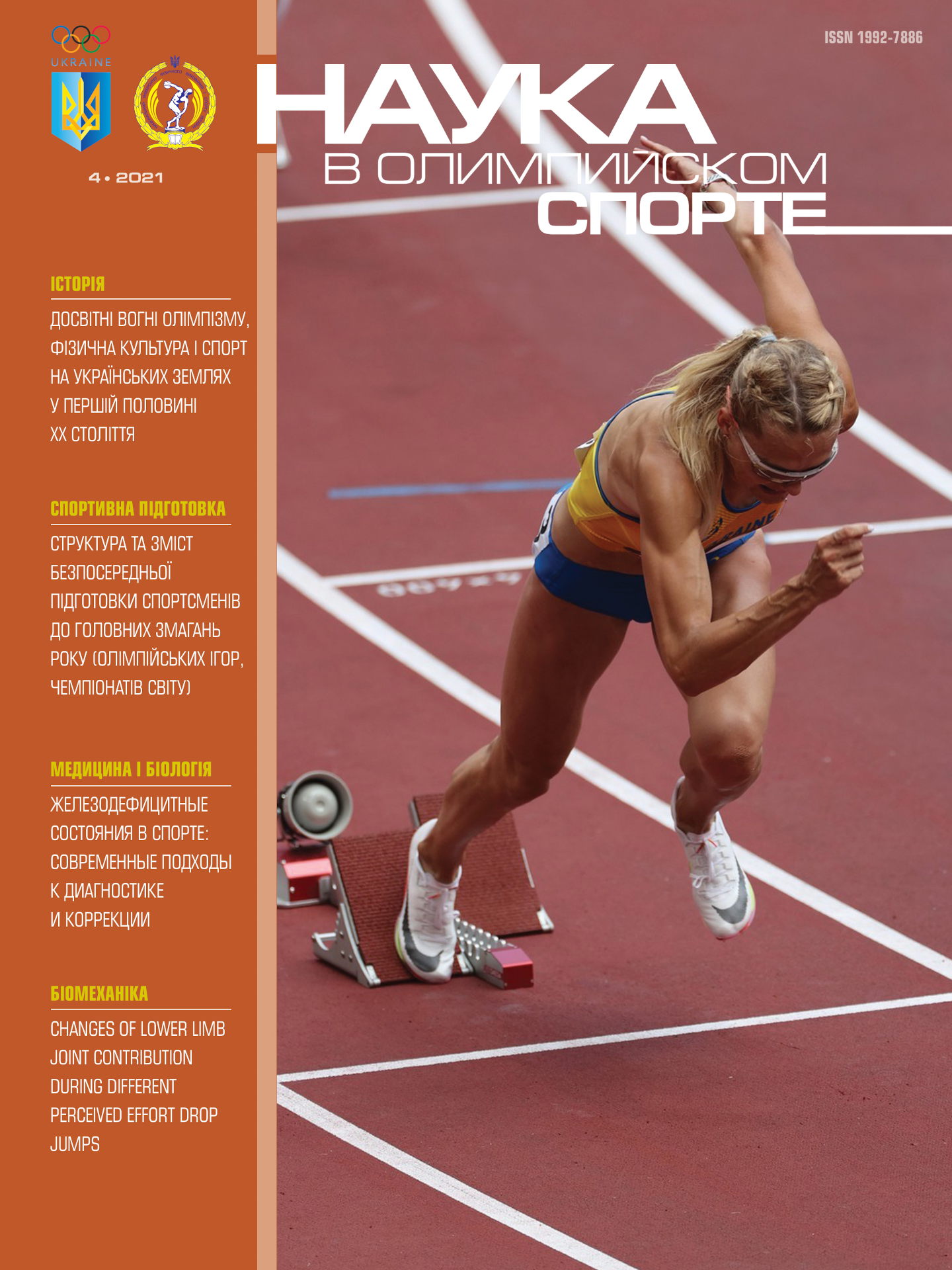Abstract:
Objective. To characterize quantitavely and qualitatively the process of CO2 transfer in the body of athletes during muscle activity, to evaluate its effect on the body oxygen regime.
Results. In the course of complex analysis of CO2 transfer modes, the following are taken into account: total amount of CO2 excreted from the body, features of changes in blood buffer properties; quantitative assessment of CO2 transfer at different stages of the pathway in the body, its tension in the venous and arterial parts of the vascular system, alveolar and exhaled air. It is shown that the process of CO2 transfer is intensified many times during muscle activity. During low-intensity activity, when the rate of O2 inflow, although increasing several times (up to 8-9 times) but below the rate of O2 consumption, the excess of released CO2 is absent. During submaximal intensity, when the consumption of O2 constitutes 80-85% of maximum values, the venous-arterial difference in CO2 increases to greater values than the arteriovenous difference in O2, "excess" of CO2 is formed, venous hypercapnia reaches its limit (PCO2 in some athletes increases to 80 mmHg and more). During loads with maximum O2 consumption, a stepwise rate of CO2 advance reaches maximum values (mixed venous blood can transport up to 25 liters of CO2 to the lungs). This reduces the number of buffer bases and actual bicarbonate. Against the background of developing hypoxia, carbaminohemoglobin produces a regulating effect on the oxyhemoglobin dissociation curve, altering not only the oxygen-binding properties of blood but also its oxygen-transport function. Despite decreased level of blood oxygenation in the lungs, due to such effects, as well as the increase in body temperature and the shift of pH to the acidic side, PO2 in the arterial blood is kept at a level exceeding the critical one by 25-30 mm Hg. Art. This maintains high diffusion capabilities for the movement of O2 from the blood into working muscles.













